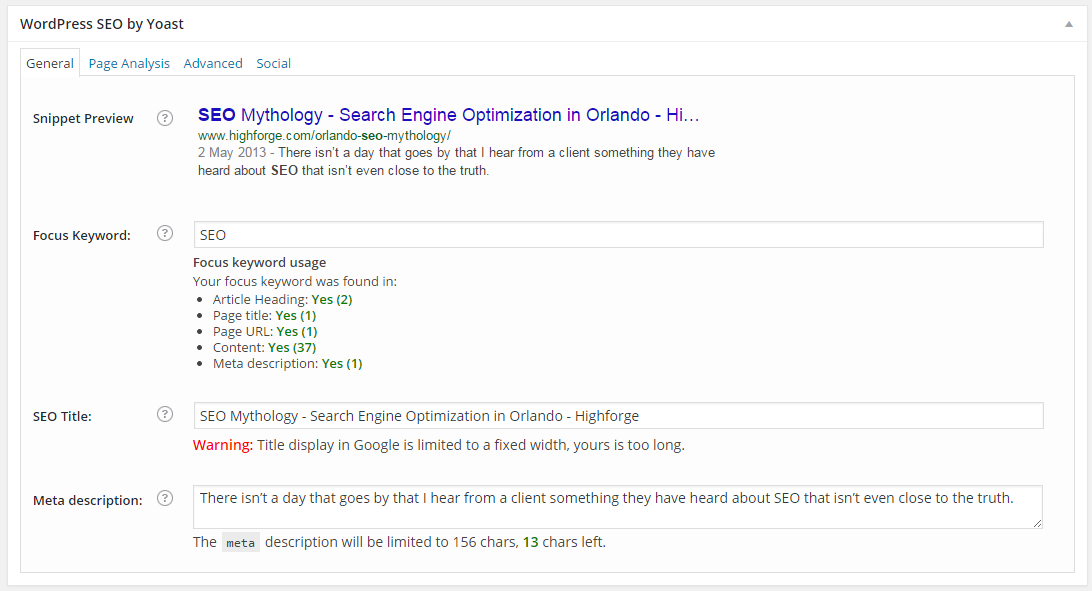
A friend of mine is a commercial airline pilot. He used to fly F16s in the Air Force.
If they had just dropped him in a cockpit and told him to figure it out, he’d never have left the ground. There are literally hundreds of (pardon my laymen’s terms) doodads, doohickeys, widgets, leversticks, and stemwinders that help manage thousands of different functions and variables, all of which are kind of important to make sure you don’t crash into shit.

Instead, they started him off reading intros (kinda like this) on a few important things at a time, then graduated to more complex books and manuals, then simulators, then training with another pilot, then after thousands of hours of training, he started doing it himself.
While you might not die in a fiery rose blossom of death if you screw up SEO, the reality is that there are at least as many variables on and around your website to consider. And rather than jumping straight in, you should read up and train your Jedi powers before you start mashing buttons.
So let’s talk about a common type of jet, er website. 23% of websites are built on WordPress. We’re seeing Fortune 500 enterprises switching every day. The ease-of-use and low cost of ownership are outweighing other factors when building a content-driven website.
One of the areas where WordPress makes it easier to build your online presence is through improved SEO thanks to the WordPress SEO plugin by Yoast. Think about the Yoast plugin as your SEO cockpit. Are there other SEO plugins besides Yoast? Yes. However, Yoast has consistently updated to meet the constantly changing trends in search optimization and the value there has simply been unmatched in free plugins.
So, just like WordPress in general, the plugin makes optimizing your blog for search rankings easy. Like, crazy easy. It’s like a heads-up-display tutorial for your flight simulator. Training wheels for your fighter jet so-to-speak.
First, let’s meet your friendly plugin and get an idea of basics:

You’ll see four tabs at the top: General, Page Analysis, Advanced, and Social. We’re going to focus on the General tab (shown above). Why? If you’re a busy business owner who has to schedule time to write your own blogs, you don’t want to go digging too far into all of the other parts of the plugin. The extra tabs are what we deal with so you don’t have to.
So, looking at the screenshot, you’ll see four main areas:
- The Snippet Preview shows you how your blog will look on a search engine page. It shows you the title of the article, the URL, and the description of the post. Adjusting your title and/or description will change the preview, and you can make sure it looks the way you want.
- The Focus Keyword can be set to the phrase you want the blog post to be found under. It then shows you how often you use the keyword in your blog post. One note though: adding a focus keyword does not tell Google, “Hey! You! Look at me for this keyword!” It is a guide to help the author optimize his or her post. You can even skip the focus keyword if you want, although it is a huge help.
- The SEO Title is a big one. This is one of the first things that Google crawls when it goes through your post. You want keywords in there. But be mindful; you only get 70 characters for your title! I suggest finding a simple online tool that can help you keep track of your character count, or even just Notepad on your computer can be used to do the same.
- Lastly, we have your Meta Description. This is the summary of your blog post that will show up on the search page. You also have a limited number of characters here (about 156), so you want to make sure it says something that draws your reader into clicking on your post and fits in that space. This one doesn’t have any impact on search rankings, but it can have a big impact on how many people click through to your website so make sure it’s compelling.
Proper optimization is imperative to getting your blog posts showing up on search rankings. Blog posts can help boost your site’s exposure while bringing traffic to your business. If you don’t utilize a plugin like WordPress SEO, you may be leaving valuable leads on the table.
Optimizing blog posts and the glimpse into this plugin are just the tip of the SEO iceberg. Like my buddy the fighter pilot, you should plan on thousands of hours of practice before you start considering yourself an ace. Here’s some great places to begin flying your skills higher: